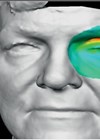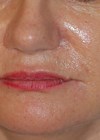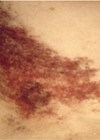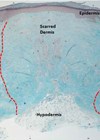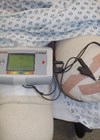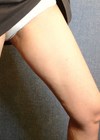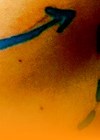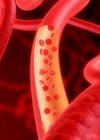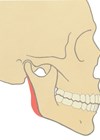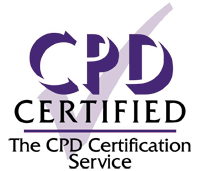Features
Can 3D facial imaging improve patient management in disfiguring eye disease?
Fight for Sight is the leading UK charity funder of eye research. Since the 2013 Sight Loss and Vision Priority Setting Partnership we have encouraged our researchers to work on priorities jointly identified by people affected by sight loss and...
HA dermal filler with lidocaine: initial clinical outcomes
Hyaluronic acid (HA) is a natural occurring body polysaccharide essential for various body functions, present in connective tissues, skin, vitreous humour of eye, extracellular matrix, synovial fluid, etc [1]. It was first isolated in bovine vitreous by Mayer and Palmer...
Lasers and the skin
Laser is an acronym for Light Amplification by Stimulated Emission of Radiation. Lasers have revolutionised the treatment of many skin conditions and are being used both in terms of a medical and an aesthetic context. Laser technology has been advancing...
New approaches to soft tissue reconstruction involving adipose tissue engineering
Introduction The spectrum of patients affected by subcutaneous tissue loss is both wide and varied, including those who have undergone tumour removal, trauma patients, such as those injured in road traffic accidents, and individuals who have suffered from deep burns...
Wound moisture sensing in traumatic wounds
Wounds can be small and unpleasant, or may be large and life-threatening. The skin is a physical and an immunological barrier to infection, and any defect in the integrity of the skin may allow bacterial or fungal invasion to occur....
Facial nerve palsy and Facial Palsy UK
The term facial palsy is most commonly used to describe a paralytic lower motor neurone (LMN) dysfunction of the facial nerve. Upper motor neurone facial palsy, for example due to strokes and intra-cranial tumours, spares the forehead muscles and will...
Thread veins and varicose veins: medical or aesthetic?
I was recently attending a national aesthetics conference when I got talking to a very well-known opinion leader in the aesthetics world. During the conversation, I was astounded to be asked: “What do you think now that NICE has agreed...
Living confidently with a distinctive face or body
The visual impact of having a face which has scars from an accident or burns like mine or a birthmark, a cleft lip and palate, a Bell’s palsy or a skin condition is arguably not taken seriously enough by clinical...
IN RESPONSE TO: Plastic surgery and aesthetic medicine - specialties and specialists
I read with great interest the article ‘Plastic surgery and aesthetic medicine: specialties and specialists’ by Professor Andrew Burd published in the Feb/Mar issue of PMFA News. Prof Burd brings up many valid points about the specialty of plastic surgery...
When a patient asks for your insurance details…
Coming from a patient, the question “Do you have insurance?” is almost certain to put a medical practitioner on edge. Not being a common query, many do not have a ready answer and instead have to grapple with some questions...
Encouraging results on treating thinning hair with PRP
Over the last few years platelet rich plasma (PRP) has made a big splash in the aesthetics world causing much excitement. It has been used for skin rejuvenation, softening lines and wrinkles, as part of an anti-ageing process. With the...
Contemporary aesthetic management strategies for deficient jaw angles
Facial aesthetics in the lower facial third is strongly influenced by mandibular profile with the mandibular angle playing an important role. The youthful appearance of a well-defined jaw line and angle, which is regularly seen among leading movie actors, is...


